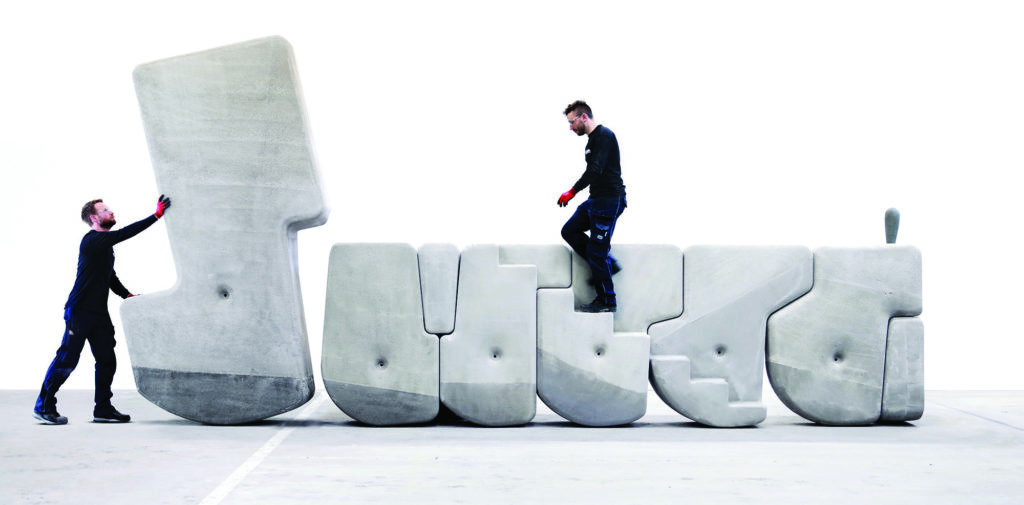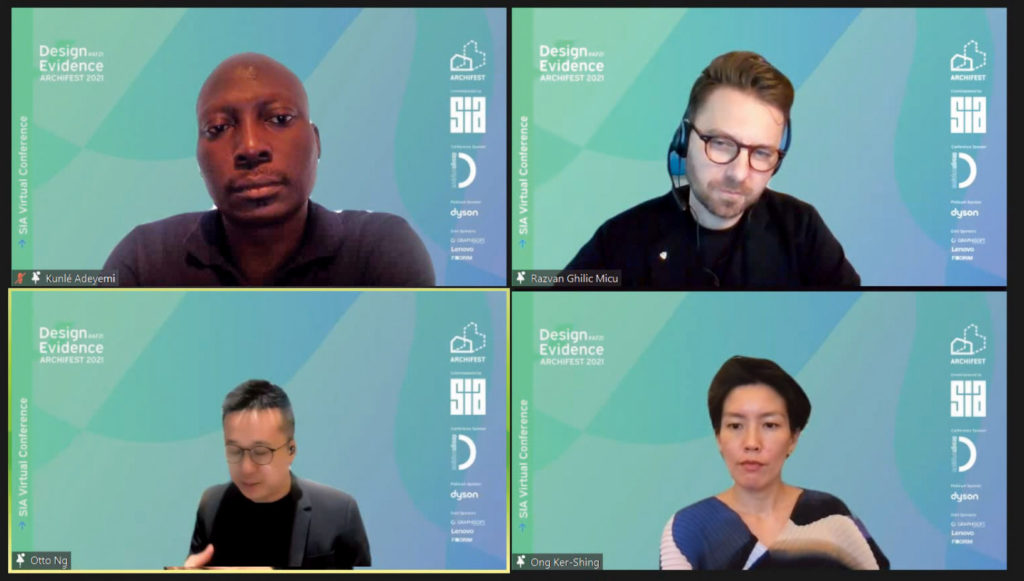4th Quarter 2021
Archifest 2021 Emphasises the Need for Multidisciplinary Design
December 14, 2021
The annual festival of architecture and design returned throughout the month of October with the theme of Design Evidence.
Razvan Ghilic-Micu, festival director of Archifest 2021, said: “Design Evidence is an invitation to debate, discover and redefine what architecture could be. Archifest is curated by architects for everyone to enjoy—whether you are a designer or not. The future of design is multidisciplinary. We need to find, uncover and discover the ‘evidence’, wherever it may be.” Over 100 events, comprising seminars, workshops and installations, invited design practitioners and the general public alike to experience thought-provoking design, centred around the premise that architecture is present in our everyday life.
The anchor of the festival was the three-day conference from 12–14 October 2021. The first day’s conference entitled Old Worlds, New Futures showed how past knowledge can help us conceptualise future cultural and environmental sustainability. It began with a keynote presentation from Rossana Hu, Co-founding Director of Neri&Hu Design and Research Office, who spoke about her experience doing adaptive reuse projects in China that used a philosophy of reflective nostalgia to imbue past heritage with modern desires and needs. This idea to retrace and repurpose our history within time also underlines the practice of Brandon Clifford, Director of Matter Design, who creates design experiments by learning from ancient structures, such as stone wall systems that could move us away from the overuse of concrete.
RELATED STORY: Archifest Day 1 | Old Worlds, New Futures

Ecosystems—the focus of the second day—nudged the audience to complement our intuitive decisions with informed design based on data and science, especially when considering the complex network of systems in man-made or natural environments. Bonnie Shaw, Co-founder and Chief Strategy Officer at Place Intelligence, integrated data about people’s decision-making that was then sorted across a map to inform designers about regional tourism. Similarly, Srilalitha Gopalakrishnan, President of the Singapore Institute of Landscape Architects, used visual observations and qualitative surveys to generate insight from movement networks, which shone a new light on why and how people use spaces. For the extreme conditions of outer space, Xavier De Kestelier, Head of Design Technology and Innovation at Hassell, presented an intriguing speculative design for the Mars Habitat, which approximated the circular systems that we would need to survive in a highly engineered environment.
RELATED STORY: Archifest Day 2 | Ecosystems

The third and last session entitled Contextual Innovation further interrogated hyper-local evidences that could drive creative solutions for global challenges. Kunlé Adeyemi, Founding Principal of NLÉ, presented the Water Cities system that included a mix of floating, stilted, mid-rise and high-rise structures that have been tested in regions that are prone to climate change impacts like flooding and sea level rise. Adeyemi summed up the learnings from his projects: “Design itself is not sufficient as an aesthetic and formal tool to solve the complex challenges in a community. It’s very important to understand the complex dynamics that influence developments—what we stand for is the relationship between humanity and the environment.”
RELATED STORY: Archifest Day 3 | Contextual Innovation

[This is an excerpt. Subscribe to the digital edition or hardcopy to read the complete article.]
To read the complete article, get your hardcopy at our online shop/newsstands/major bookstores; subscribe to FuturArc or download the FuturArc App to read the issues!
Previously Published Happening
Contact us at https://www.futurarc.com/contact-us for older articles.


